
Human society evolves rapidly day after day. There have been many glorious achievements for humanity in the quest for evolvement and self-discovery. Sadly, there are far too many atrocities in human history as well. From the smaller and publicly unknown crimes committed inside a family home to World War-level atrocities, humans have proved time and time again that they can be a truly vicious species.
Egoistic reasons, insanity, greed, or just the sheer audacity of the power-hungry human race wanting to exceed nature itself leads to dehumanization and often reveals society’s crumbling infrastructure.
Here are 10 movies that are prime examples of humanity’s cruelty, vanity and arrogance that make you lose your faith in it.
The list is not a top 10, and the order of the movies is random. One does not simply rank human brutality and madness…
10. Leviathan (2014)
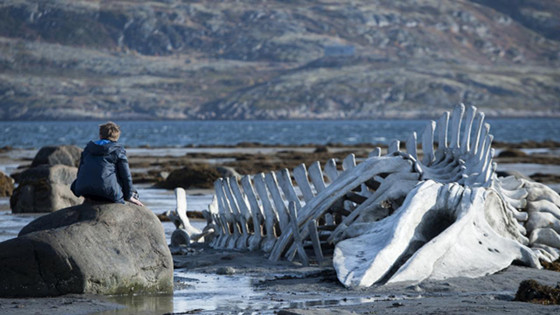
Andrey Zvyagintsev is a great filmmaker whose filmography may be relatively small, but his films are always relevant and enduring, dealing mostly with themes of everyday life and how tragedy befalls ordinary people.
Like his outstanding film debut “The Return” (“Vozvrashchenie”) (2003), “Leviathan” tells the story of a simple man engulfed in tragedy, hopelessness and pain as he tries to prevent the demolition of his home. He tries to deal with political corruption, lawyers’ empty words and false promises, and everyday struggles as he sees further misfortunes befalling his family.
According to the director, the story is based on real-life events that occurred in the United States when a man named Marvin Heemeyer attempted to demolish the town hall and mayor’s house after colliding with him on zoning disputes.
The protagonist, Kolya, is tragic figure, seeing his life disintegrating day by day, unable to react. Everything he tries to deal with, from the mayor, the court, the system as a whole and the fragile happiness of his family, is simply beyond him.
The most heart-wrenching aspect of the movie is perhaps the glimmers of hope the protagonist feels from time to time, as he is fed false promises and the dream of a better tomorrow. The viewer sympathizes with Kolya, yet in speculating the turn of events, they know there is no hope while he does not. A true tragic hero.
Political corruption in movies is often portrayed with a preachy, slightly naive tone, or by simply regurgitating political scandals that hardly affect common people. This is a movie that deals with the premise of corruption on a smaller scale, a mayor wanting to expropriate the protagonist’s land, home and small business driven by profit, ignoring a “mere peasant’s” fate.
Politicians are a common example of humanity’s corruption, scandals and egoistic behavior, but when their actions mingle with common people’s lives, trampling them in the process is even more sad and irritating.
The scene of the demolition is particularly harrowing yet iconic, ending the film on a really somber tone, reminding that in most cases, human corruption and power abuse is unbeatable.
9. Salo Or The 120 Days of Sodom (1975)
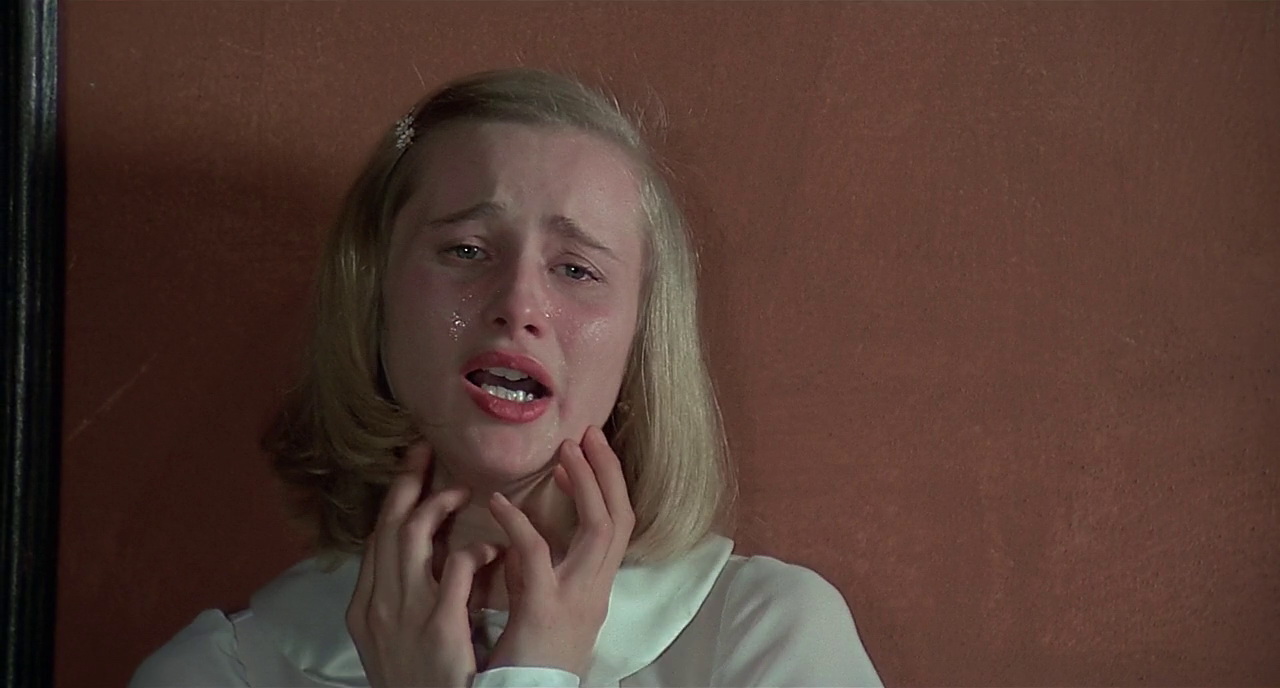
An obvious choice for a “lose your faith in humanity” list is this notorious classic film by Pier Paolo Pasolini based on Marquis de Sade’s novel.
Pasolini chose to transpose the era of the book’s setting from 18th century France to Benito Mussolini’s regime in Italy, keeping the castle setting and the general idea of the book intact.
The movie tells the story of 18 teenagers (boys and girls) kidnapped by four sadistic, fascist libertines who subject them to 120 days of extreme physical and psychological torture involving constant humiliation, coprophagia, mutilation and eventually murder.
The horrendous acts are done and narrated in such a casual, natural way, in a similar fashion as the book, which makes the movie highly controversial, even for today’s standards.
The nihilistic, highly immoral tone of the film is a statement against fascism, human cruelty and perversion while maintaining a sense of hopelessness throughout, as a constant reminder of human’s ultimate fate.
No matter how much the teenagers cry, beg and obey, their fate was sealed from the start. That is the main reason Pasolini chose to separate the movie in four segments (circles) similar to Dante’s Divine Comedy. After all, one of the most famous quotes of the Inferno leaves no room for interpretation: “Abandon all hope ye who enter here.”
Sure, the movie is an insight about carnal desires, sexually-induced pain, a surrender to animalistic instincts, and the general concept of sexual libertinism, but it escalates fast from just a carnal, sadomasochistic tale to purely psychological terror inducing as the circles succeed one another.
It is an allegory for political corruption, abuse of power, and how the dictatorship imposes on people through violence, but most importantly it speculates on how ideologies and personal desires lead humans to extremes, ignoring rational thought and years of development. Unfortunately, it is still a relevant premise.
All in all, one cannot simply have their faith in humanity shaken by another torture porn film. It must have a higher meaning. Apart from the obvious shock-induced criticism, the movie was bashed as communist propaganda because of Pasolini’s background.
It was the same with “The Gospel According to Saint Matthew” (1964), “Teorema” (1968) and his other works as well. Maybe it is propaganda, maybe not, but the fact is that Pasolini tried to penetrate political ideologies through “Salo,” exposing the true nature of fanaticism, no matter what it is called.
8. In A Glass Cage (1986)
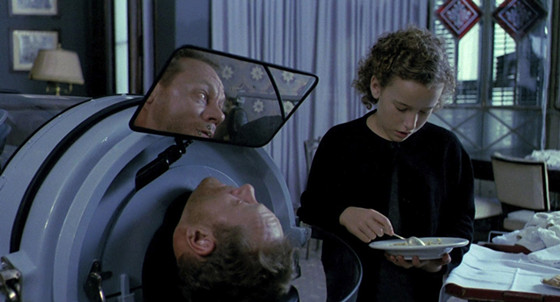
This is another fairly unknown masterpiece of Spanish cinema. Unfortunately, it is mostly known as “one of the sickest movies of all time” and is used for its shock value alone. Its notoriety is well gained as it goes over the top with its themes and violence toward the end; however, it is a movie of bottomless depths as well, demanding a more perspicacious approach.
It deals with a former sadist pedophile Nazi doctor (already extreme enough) who tried to commit suicide by jumping off a window, fearing he would be exposed. When he fails to succeed, he finds himself imprisoned in a paralyzed body maintained only by an iron lung.
His wife is forced to hire a nurse to take care of her husband, and soon a boy with a mysterious past appears, claiming to be qualified for the job. Klaus, the doctor, and Angelo, the nurse, who was actually a victim of his when he was younger, soon form a sick bond, leading to a jaw-dropping climax.
The atmosphere is bone-chilling and the general gloominess of the house gets under your skin really quickly. The cinematography is superb and the directing by Agusti Villaronga really affecting. The movie has almost no political undertone and mostly focuses on the deranged human psyche.
The viewer witnesses and through narration hears the revolting deeds of two characters that are equally repulsive and interesting to observe. Angelo, who was victimized by Klaus when he was young, at first seems like he only seeks revenge, but as the plot progresses he goes from a Stockholm Syndrome-suffering individual to completely mental, wanting nothing more than taking the doctor’s place.
In a way, the plot is a perpetual vicious circle of amoralism, inhumanity and injustice self-sustained by human’s darkest desires. Maybe Angelo became deranged due to the physical and psychological trauma experienced in a tender age, maybe he was born like this and the experience raised and magnified his desires.
Klaus, as a former Nazi child molester, is already the manifestation of evil but he is also fragile, old and trapped in a glass cage with death as the only escape. But even in this state, perversion and malice cannot be contained.
It is a profoundly grim, sick and disturbing movie that attempts to contemplate the depths humankind can sink into. It is still banned in some countries due to its pervasive sexual themes involving minors, yet it is a gripping tale worth discovering and appreciated for its true purpose, not just the shock factor.
7. Cannibal Holocaust (1980)
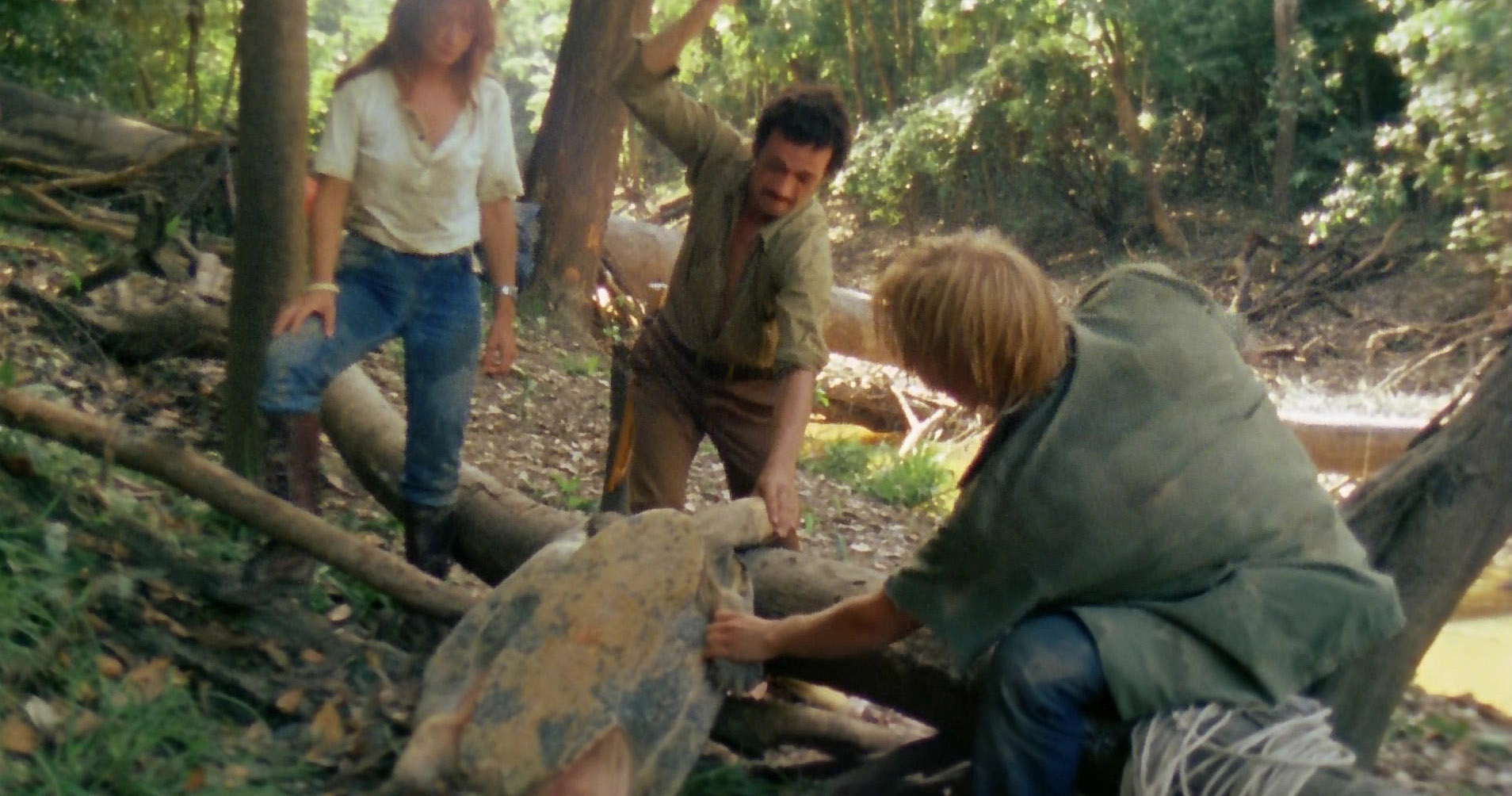
The notoriety and sheer brutality of this Italian exploitation film has reached mythical proportions in moviegoer circles. Nowadays it still keeps its cult status, yet without being too popular it continues to affect a large amount of people.
Of course, it is notorious for various reasons, but two in particular stand out. The first one is that director Ruggero Deodato’s approach of the so-called snuff film genre was so realistic and convincing that people actually believed he killed members of the film crew during production, ending up in jail and facing multiple lawsuits. These killings were not real, just practical effects (which is admirable).
What was genuine, however, were the deaths of various animals just for the sake of the movie. Without being too graphic, monkeys, pigs, snakes, turtles and other animals were “sacrificed” for the production, some of them off-screen as well because the director wanted another take.
No living being should die in the name of art or as means of passing a message. Animal killings for food and preservation (though uncontrollable) is one thing, but killing for “pleasure” is another. These were the arguments used in the case of Deodato that led to his prosecution and blacklisting in the industry.
The plot follows an anthropologist and his crew as they search for a missing documentary team that ventured into the Amazon in hopes of filming the cannibal tribes that inhabit it.
The violence is over the top; scenes of murder, rape and torture are plenty, serving as a question of who is the real savage. Basically, the message the movie wants to pass is that savagery is innate in all humans, no matter how they have evolved through the years.
Still, the gratuitous violence is often unnecessary.
The film may (or may not) be a social commentary on modern society and its mithridatism on violence and death, comparing it with the society of the cannibals. Others take it is an attack on journalism (and the so-called mondo films) and its tendency for sensationalism, often manipulating the truth. Most critics argue, however, that it is highly hypocritical because it uses the same sensationalism it condemns.
No matter what the truth is, it’s still one of the most controversial movies ever made, polarizing moviegoers to this day. Whether it’s for its infamous production or its message (if there is one), it is surely a movie that makes you lose your faith in humanity.
6. I Stand Alone (1998)
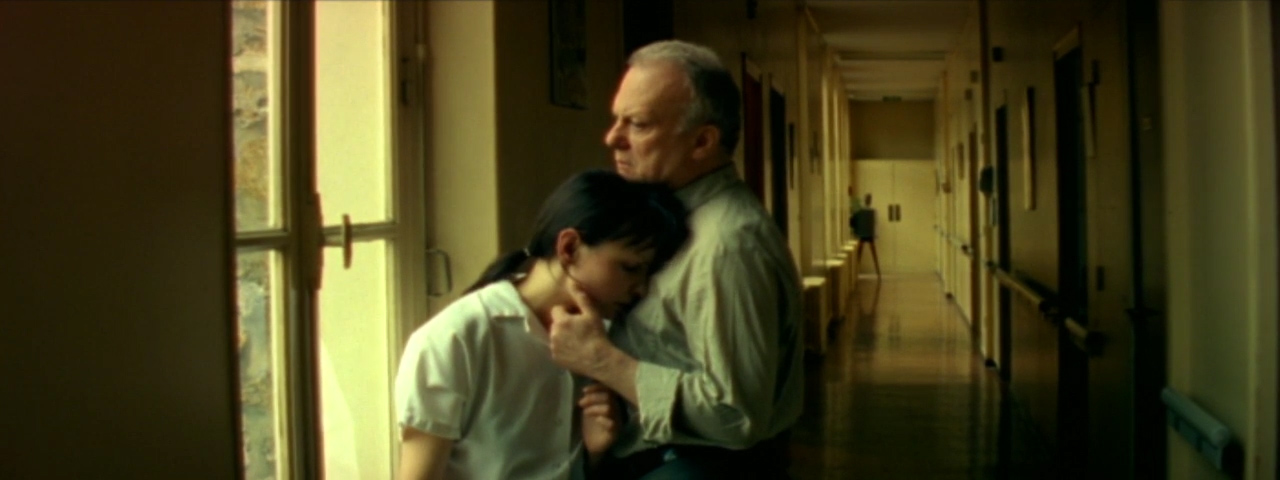
Gaspar Noe always pushes the boundaries of filmmaking one step further with every feature. Another thought-provoking and utterly gut-wrenching film in his filmography is “I Stand Alone.”
The plot revolves around a butcher, introduced in another Noe flick called “Carne” (1991), who’s trying to reconnect with his estranged and mentally challenged daughter, who he left in an asylum some years prior. Through his “overexposure” to society, taking one misstep after another, he slowly descends into madness.
The nihilistic and misanthropic tone of the film produces uneasiness and overall displeasure as the audience enters the mind of a sociopathic madman who wants to see the world burn.
The interesting part, however, is that at first the butcher is just another working class man trying to get by. After a dozen failures, however, he just gives up, blaming everything and everyone for his condition and bad decisions. His attitude escalates from just misanthropic rants to straight up psychopathy.
The brutal beating of his pregnant girlfriend that came out of nowhere, the incestuous thoughts he develops about his daughter, his stabbing of a man, and his murderous plots are just some examples of his psychotic nature.
However, there is a tragic side as well, as it deals with crushing loneliness, isolation and unemployment and is one of the greatest examples of movies dealing with social rejection and the toll it takes on individuals. The butcher is not a character who never tried, never worked, never loved. He is a rather tragic figure trapped by his bad life choices, old age, and his suffocating, judgmental environment. Everything he does is wrong or simply not enough.
The masterfully constructed inner monologue and the choice of not giving the character a district name magnifies the sense of isolation and solitude, inducing a strange feeling of sympathy, pity and disgust for someone who has long lost his faith in humanity.